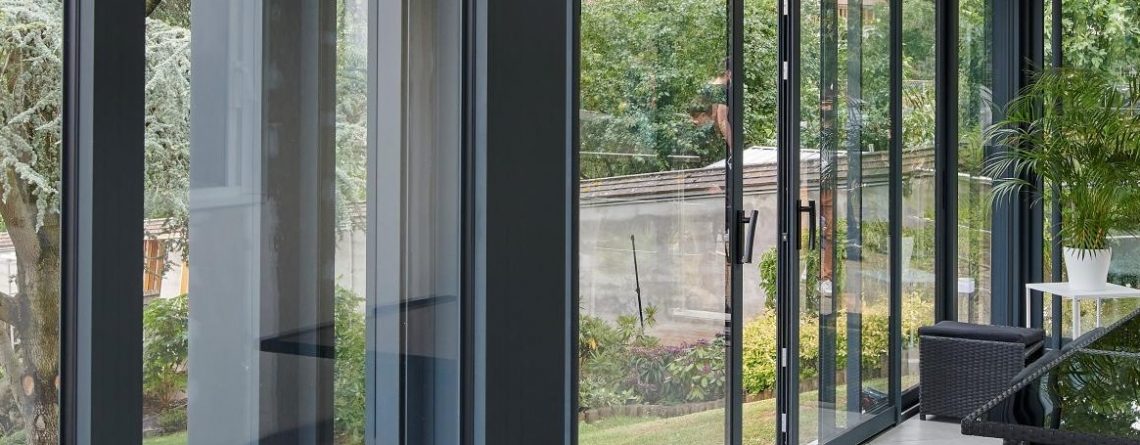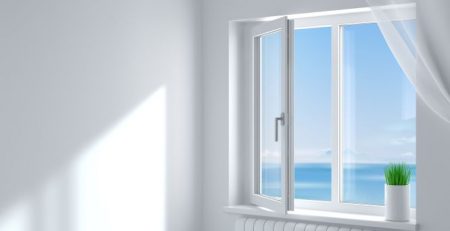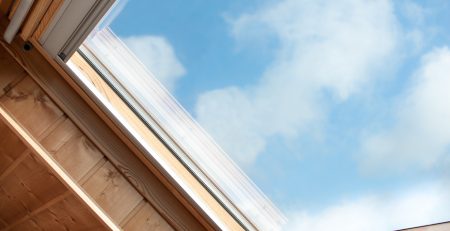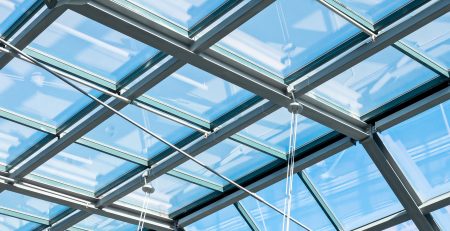5 Essential Environmental Considerations for Aluminium Door and Window Suppliers
Architecturally, glass- and aluminium-clad buildings evoke admiration and recognition the world over. Whether a vehicle showroom, bank, hotel, university department, hospital, technological park, opera house, skyscraper, or shopping complex, a façade of shining glass and aluminium delivers an eye-catching profile conveying uniqueness and strength.
Environmental footprint of buildings
Other than the usual design and construction material considerations, it now also pays to think carefully about the environmental footprint of your building project, especially when it may attract considerable attention to its architecture.
Aficionados, the news media, other concerned citizens, or simply passers-by, may ask questions about the design decisions if they are in any doubt as to any harm caused to the environment by the building—whether in its construction or on-going use.
A world-class window and door manufacturer such as https://aluprof.eu/en will go to great lengths to ensure that its products meet the highest possible standards, not only in product quality, but also concerning the environmental costs of the manufacturing process.
Here are some considerations you might like to research when selecting a glass and aluminium solutions provider:
1. Thermal insulation
Vast stretches of glass may result in a building that is either too hot or too cold, precipitating an attendant need for expensive and environmentally damaging internal climate control systems. When striving to reduce costs associated with air conditioning, consider, therefore, solutions that use modern first-fix joinery which increases the thermal insulation performance of buildings and enhances energy savings.
2. Quantity of waste produced during production
Take into consideration the quantity of waste produced during the production of building materials. Water and energy consumption in this process is also a factor. Understand the environmental protection mechanisms built into the manufacturer’s processes and whether they use eco-friendly activities.
3. “Green accounting” models
“Green accounting” enables a full cost analysis of environmental protection and is included in an enterprise’s financial reporting. The company should keep—and make readily available—comprehensive records of the costs involved in environmental protections, examine their structures, and analyse changes occurring over time. Environmental accounting is a tool facilitating decision-making relating to ecological activity, and evaluates effectiveness, and optimises decisions taken as to investment and organisational ventures.
4. Guidelines of EU PN-ISO 26000:2012 standard
The European Union’s PN-ISO 26000:2012 standard formalises the efficiency of tools used in manufacture and their integration with any systems and decisions, bringing manufacturers to comply with general world standards and procedural norms.
5. Meeting United Nations Global Compact initiative
As with all building material suppliers, glass and aluminium solutions should uphold the United Nations Global Compact initiative which captains principles in the field of human rights, work standards, protection of the natural environment, and counters corruption.





